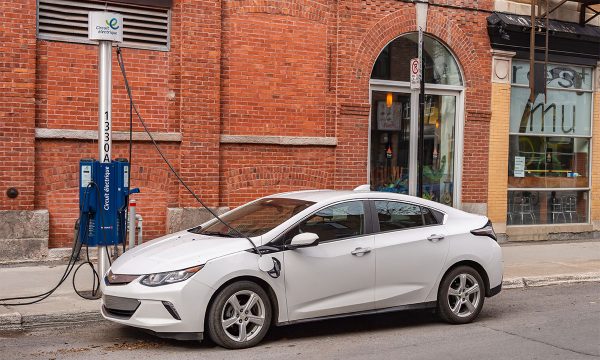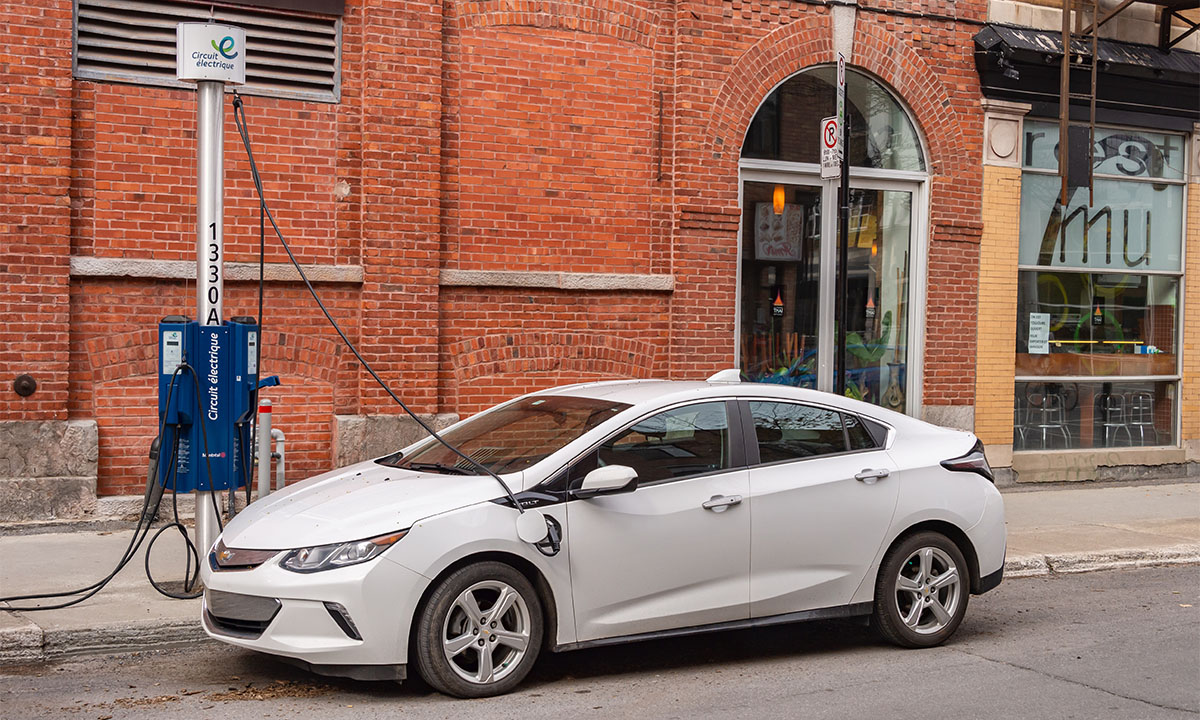
Economic uncertainty and supply disruptions are impacting consumer behaviours.
Recently, there has been a lot of interest by journalists and news outlets on the topic of vehicle pricing in Canada and the underlying effects of the increased interest rates.
Acting as CADA’s lead economist, I have been heavily involved in these discussions and I have witnessed the predictable, almost inevitable, surprise when I tell them that the transition towards an EV-dominated market is one variable that helps explain the increase, the stickiness, and even the potential decrease of new vehicle prices.
Some of the pundits I interacted with saw my sudden pivot towards the EV discussion as a not-so-subtle way of avoiding other hot topics regarding our industry, but the reality is that the recent pricing situation is a result of the unique combination between a complex economic situation and deep sectorial transformations.
On one side of the equation, the Canadian economy has positioned both business owners and consumers in a strange state of limbo where our traditional intuitions about markets and prices remained thoroughly challenged.
While core inflation has been trending down since the beginning of Q3, the Bank of Canada has maintained its anti-inflation strategy by raising the overnight target rate to 5 per cent in early July. Additionally, the rise of overall company costs in the U.S and the 2 per cent shrinkage of Canadian exports towards the American market might be enough for central bankers to hold-off on eventual, some say expected, interest rate cuts.
Evidently, the transition towards a full EV market is the most significant one and has contributed to the overall increase in vehicle prices.
For consumers looking to purchase a vehicle, the future prospects of our economy remain extremely murky and could very well lead to more prudent and risk-averse purchasing patterns.
After multiple months of erratic consumer behaviours that almost appeared disconnected from the economic insights provided by our best national experts, it seems as if the threat of a recession has made its way into the decision-making process of Canadians looking to purchase big ticket items.
One of the recent developments highlighting the market unpredictability that dealerships have to manage is the registered job loss in July that has been accompanied, counter-intuitively, by a rise in wages. Should business owners interpret this as a sign of economic slowdown, as a proof of more income for buyers or simply as the result of a discrepancy between employment demand and the massive migratory influxes?
All in all, mixed signals have been a recurring theme and have made it difficult for central bankers, business owners and consumers to strategically plan for the next 12 to 18 months.
On the flip side, the automobile industry is going through seismic transformations requiring major investments from governments, manufacturers and dealers. Evidently, the transition towards a full EV market is the most significant one and has contributed to the overall increase in vehicle prices.
Electric vehicles are more expensive to build because they incorporate new technologies, new electrical components and new materials — resources often found across the globe and not strictly within the confines of the North American market.
On top of that, many manufacturers have changed their production chains from top-to-bottom to enter and compete within the ever-growing segment of electric vehicles. These choices come with major R&D, infrastructure and capital costs that manufacturers eventually hope to cover and justify to their shareholders in the upcoming years.
Supply and demand also drove up the prices for the EV segment. As mentioned, the vehicles are more complicated to make and are reliant on a global supply chain and on new technological expertise.
Most recently, OEMs weren’t able to produce these vehicles at a pace that matched the rapidly growing consumer interest in this new product. At the same time, governments increased their efforts in promoting EVs by rolling out more programs with financial or fiscal incentives for the consumer.
This threshold between supply and demand, while diminished since the end of the pandemic, accentuated the pricing difference between traditional vehicles and this new segment: the $50,000 to $90,000 average price tag for EVs in Canada is thus the end-result of this unique and multi-factored situation.
Now, one might think the significantly higher price point would drive consumers to the used car side or even towards leasing electric vehicles.
Well, with the quality of production of our industry, there are simply fewer cars on the used market: vehicles are now staying on the road for around 13 years (all-time record for Canada). This generates upward pressure for the used prices and seems to naturally redirect consumers towards new vehicles.
Leasing has also not been as strong in the past, mainly because of how the current interest rates have affected the ability of consumers to get adequate financing. This could very well change in the next months because the Canadian household saving rate went from 5.80 per cent in 2022 to 2.90 per cent in 2023 (per Stats Can.). But for now the leasing rate in auto dealerships is hovering around 23 per cent compared to 31 per cent before the pandemic (see CADA Data report 2022). Over time, fewer leasing transactions indirectly reduce used inventories, pushing prices up and consumers towards new vehicles.
Over time, fewer leasing transactions indirectly reduce used inventories, pushing prices up and consumers towards new vehicles.
Finally, the recent data on EV sales numbers and EV prices is pointing towards the emergence of a new equilibrium, or a new environment, where a gradual slowing down of public interest towards EVs coincides with manufacturing levels picking up — resulting in more inventories across multiple brands and dealerships. Some price reductions have already been observed and we could see more shortly as governments haven’t shown the capacity to adapt their incentives programs to the current price level of most EVs on the market.
It is difficult to predict if OEMs are willing to adjust their pricing to the market considering the significant financial exposure that I mentioned. One thing is clear: the direction of the EV market will dictate a lot of what is perceived and understood about the overall automotive industry.
With more countries adopting EV mandates as a way to lead and structure this transition, it will be interesting to see how differently, or similarly, different companies deal with this transformation. As usual, dealers will have to adapt and find their own ways to succeed in a context characterized by complicated economic trends and shaped by the ever changing state of the new electrical vehicle market.
REFERENCE :
https://www.cbc.ca/news/business/canada-new-gloom-column-don-pittis-1.6932449

















